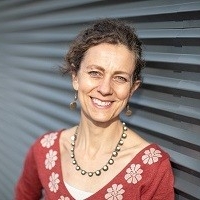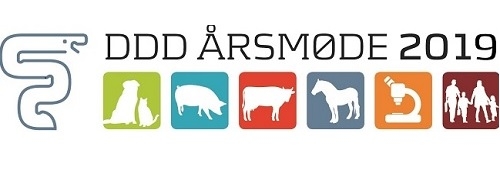
-
Ronette Gehring
Professor, BVSc, MRCVS, MMedVet (Pharm), dipl. ACVCP and ECVPT, Division of Veterinary Pharmacotherapy and Pharmacy, Utrecht UniversityRonette Gehring graduated as a veterinarian in 1996 from the Faculty of Veterinary Science, Onderstepoort, and was awarded the MMedVet specialist degree in Veterinary Pharmacology from the University of Pretoria in 2000. She became a Diplomate of the American College of Veterinary Clinical Pharmacology in 2006, and most recently has been recognized as a specialist in veterinary pharmacology and toxicology by the European Board of Veterinary Specialties.
Ronette’s research interests lie with computer-based modeling as a quantitative framework to integrate and explain pharmacokinetic and pharmacodynamic data based on current scientific understanding in veterinary and comparative pharmacology. The resulting models are applied in veterinary drug development to identify and design safe and effective treatments for different disease conditions in a wide variety of animal species (e.g., antimicrobial therapy and pain management). Another application is for risk management to prevent unsafe drug residues in milk and tissues of food-producing animals.
During her tenure at Kansas State University, Ronette served as the regional director (Mid-West) of the Food Animal Residue Avoidance Databank. She is Past-President of the American Academy of Veterinary Pharmacology and Therapeutics and serves as Secretary-Treasurer of the American College of Veterinary Clinical Pharmacology.
In October 2017, Ronette moved to Utrecht University, where she leads the Veterinary Pharmacotherapy and Pharmacy group. Through her research and teaching, she aims to build bridges between the basic, applied and clinical sciences. She continues to use mathematical modeling and simulation as a tool to answer a wide range of research questions, including the optimisation of drug dosage regimens, characterisation of population variability, and interspecies extrapolations. These methods all contribute towards reducing, refining and replacing animal models in biomedical research. Ronette is also passionate about teaching and constantly seeking ways to prepare students for modern veterinary practice.
-
09:00 - 09:40 Pharmacokinetic/pharmacodynamic integration and modeling: what does it mean for antimicrobial treatment in pigs, 1?09:50 - 10:30 Pharmacokinetic/pharmacodynamic integration and modeling: what does it mean for antimicrobial treatment in pigs, 2?
-
